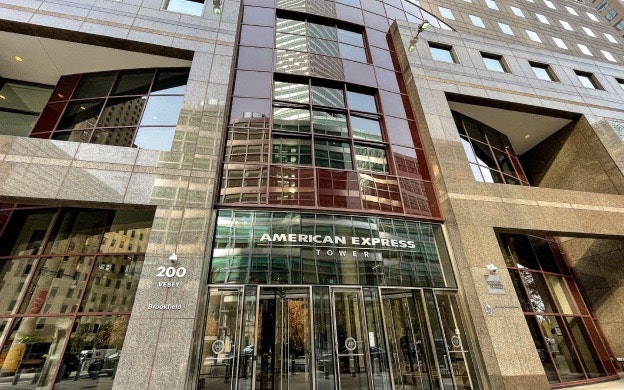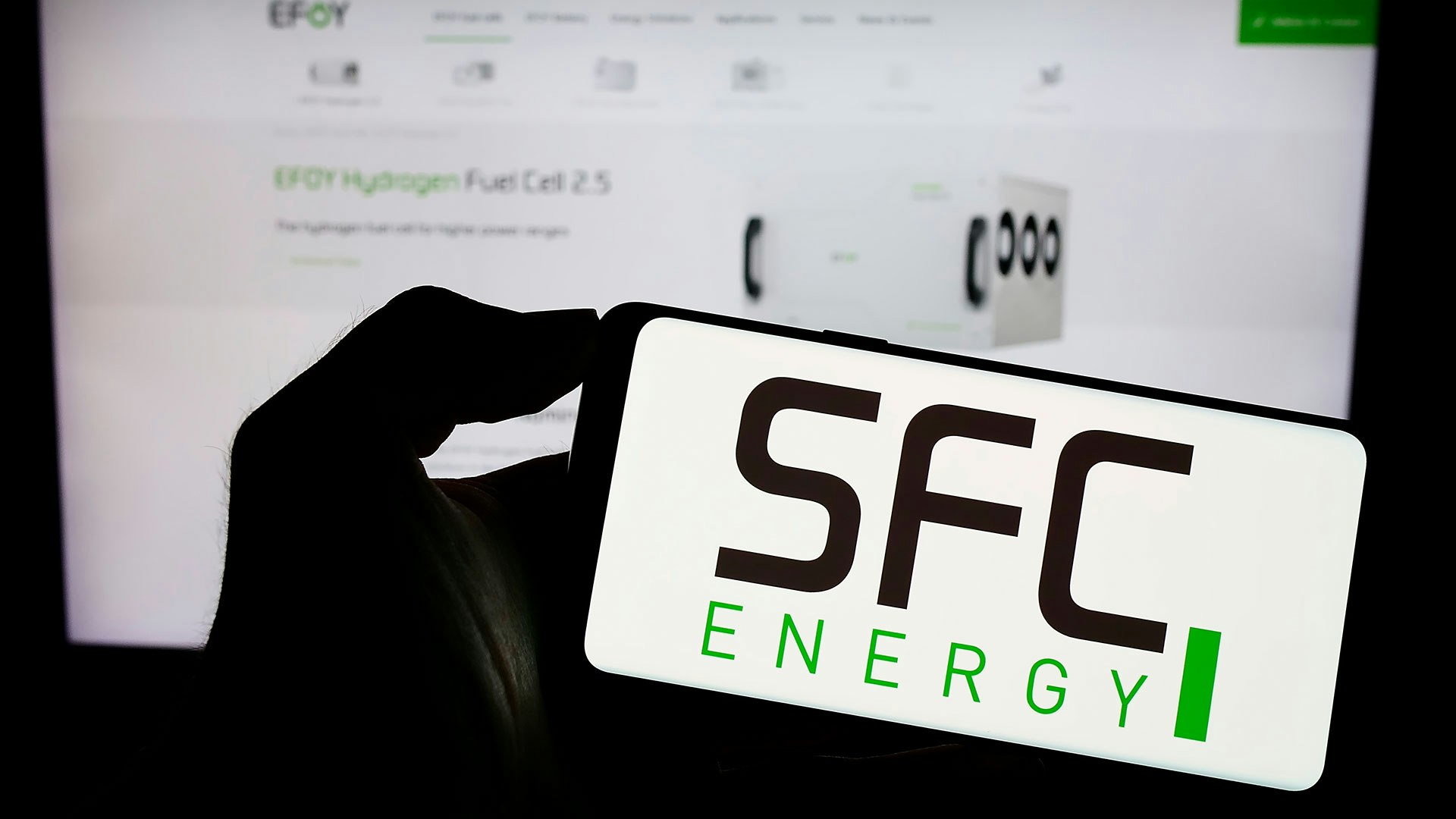American Express (Amex) is currently experiencing a remarkable surge. Since the end of October, the credit card company's stock has risen by 75 percent, significantly outperforming the S&P 500, which gained 35 percent. Amex's stock is valued at 18 times its expected earnings, more than twice that of its competitors Synchrony Financial and Discover Financial Services. JPMorgan Chase, Wells Fargo, and Bank of America, all of which also have large credit card businesses, are valued at around 11 times their expected earnings.
This premium rating reflects Amex's focus on wealthier consumers and business travelers. However, even high-income consumers are not immune to economic pressures. Amex's billed business, a measure of cardholders' spending, grew by 5.5 percent year-over-year in the second quarter to $388.2 billion. This was weaker than expected and slower than in previous quarters.
Given the high expectations priced into Amex's stock, any weakness has been disappointing for investors. Plans to increase marketing spending by 15 percent to $6 billion this year have also raised eyebrows. However, these concerns are unfounded. There are still many reasons to hold onto Amex stock.
Hardly any bank has targeted the premium market as intensively as Amex. In recent years, the company has also directed this energy towards a younger target group and achieved great success. Generation Z and Millennials accounted for one-third of Amex's U.S. consumer spending in the second quarter. This group's spending increased by 13 percent year-over-year, exceeding the growth among Generation X and Baby Boomers.
With a younger and wealthier clientele, Amex remains a comparatively safe haven from the pressure faced by lower-income borrowers. While the latter may miss payments during financial hardships, wealthier customers are more likely to cut back on dining out or weekend getaways.
Sure, here's the translation of the heading from German to English:
"At Amex, the proportion of borrowers who were at least one month behind on their payments fell from 1.3 percent in the first quarter to 1.2 percent. The net charge-off rate on credit card loans and receivables remained unchanged at 2.1 percent. Both figures are below pre-pandemic levels. At Synchrony, the corresponding figures for the second quarter were 4.5 percent and 6.4 percent.
The battle for the big-spending customers will only intensify. Amex's higher marketing expenses to defend their territory are more than manageable and will be financed by better-than-expected performance. One quarter of weaker growth should not distract from the bigger picture: Do not underestimate the purchasing power of Generation Z and the Millennials.







